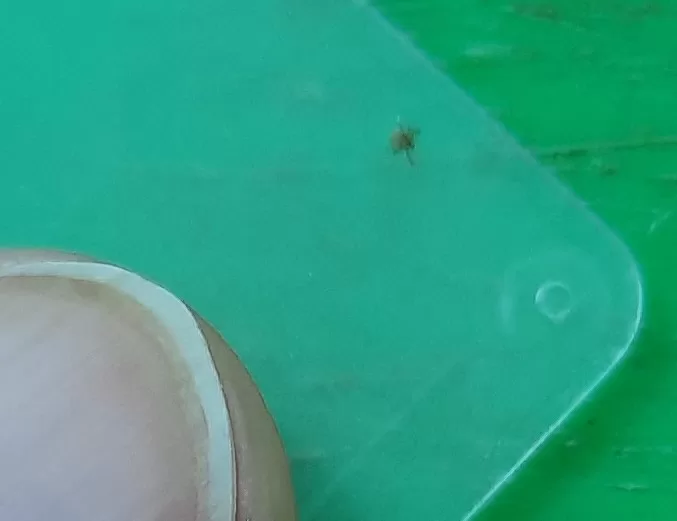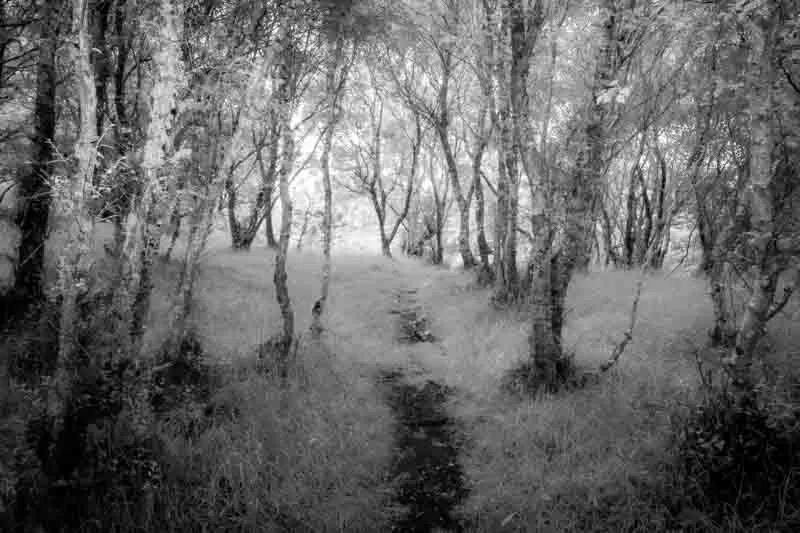Here is my quick guide on the what where and how to remove ticks! Ticks in Scotland are probably the only creature that you need to be careful of, yet you can do very little about. You won’t see them, you can’t hear them, can’t feel them until they’ve already attached themselves to you.
We all know about the midge, and yes they’re a pain and can spoil any day out, but for virtually everyone they cause no harm other than an annoying red mark that will disappear shortly after being bitten. Ticks on the other hand can have lyme disease! Leave them in and it may transfer it to you, take it out wrong and again it may transfer it to you.
What do they look like?

The other day I removed one from one of our children, and looking at it with the naked eye the little black speck on his belly could have been anything. Soooo soooo small, it could easily have been a splinter of wood or something similar. To touch you could barely feel it. The area was slightly red and it must have been in for at least a day. We’d been back from camping a day, and I think if it was in for longer than a day it would have been bigger.
The above photo is right after I removed it and you can hopefully see how small they start off! The device it’s on is what I used to remove it and it is the size of a credit card. So between that and my finger you can get an idea of their actual size. Sure they can and do get much bigger – once they have feed on your blood.

I’ve magnified the image here to so a bit more detail, sorry it was only done using my phone so not great quality. It’s legs are visible here, but to the naked eye I couldn’t really see them and when it was on our son, could only make out it’s body.
How to remove
A picture may well say a 1000 words, but this video is great. It’s from an NHS doctor in the Highlands who shows and explains how to remove one
He shows what devices you can use and how to use them, not only that should you get lyme disease what to look out for. Just because you’ve been bitten doesn’t mean that you will get it.
This is page from the NHS detailing lyme disease and the tell tale bulls eye mark to watch for.

How to prevent being bitten?
This question for me has a much more subjective answer. I’m going on my experience not any study. Having camped in the wilds, stomped my way through dense forests and bracken higher than my head, and I’ve only once had to remove a tick from myself. That was after completing more than a hundred munro summits. Was I just lucky or something else? Well I usually wear paramo trousers and they are particularly smooth – not ideal for the tick to cling onto when you walk past. I also wear thick, high hiking socks, again reducing the area for them to get the scent of blood and then to attach.
I’ve never put on any scented items like citronella (I’ve heard people say it helps repeal – but I’ve no idea if true or not) and I don’t go out of my way to avoid thick long heather either. So quite possibly luck has been involved, but I feel that the right clothing is a big gain to avoiding them.
The one time I did pick up one was during a warm afternoon and during that hike I took a seat on the ground to relax and enjoy the view. I was sitting for possibly 10-15 minutes. I suspect that is when I picked it up. Normally I’ll sit on a stone/rock, or get out my small foam mat
Where to look and check after a walk?
Ticks will usually go to certain part of your body. So where to look? Again this is just from my experience, where others I’ve known have had to remove them and from knowledge past down to me.
Their favourite areas seem to be parts with soft skin such as the back of your knee, under your arm. But more often than not, they will find a tight dark spot such as where your sock line is tight on your lower leg or under your waist band/belt area. So after a walk or camp if you have someone that can give you a once over great, if not just have a feel and visually check all the areas you can see.
KILL THEM!
Finally what do you do with them once you pull them out? If large then take outside and splat with a hammer. For small ones taking a hammer to them just wont work – unless your surface is super smooth. So small ones (like the above), place it on your nail (like your thumbnail), then take your other thumbnail and roll it over the top with enough force until you feel a small ‘pop’.
You’re now done!
Horrible little blighters…